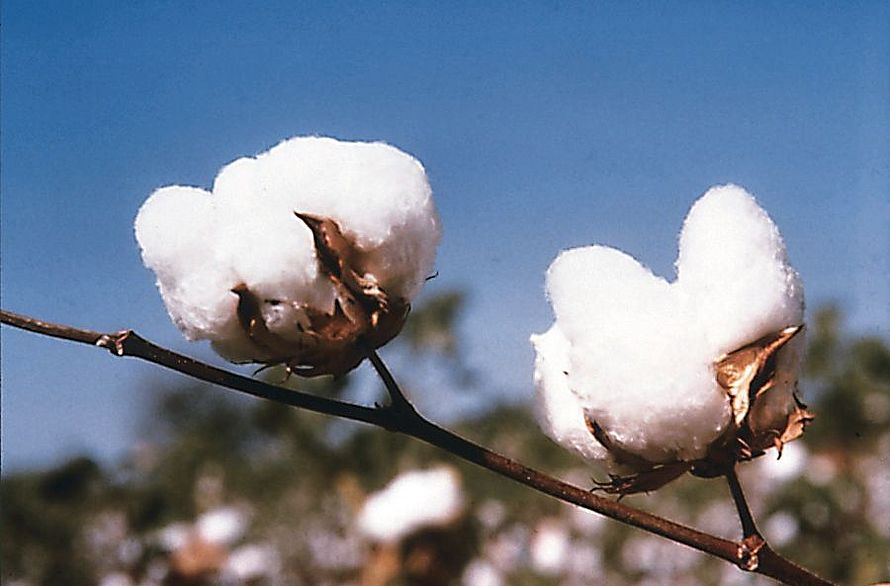Two of today’s standard methods of mechanical cotton harvesting were compared with each other, and each process was examined closely from ginning through to the knitted fabric. Were there any differences? And what conclusions could be drawn from this?
In a joint cooperation between the Cotton Institute of South Africa and Rieter, two technologies for mechanical cotton harvesting were compared with each other. All of the facts and results from the comprehensive research are available as a technology publication.
The two harvesting technologies – the spindle method and the stripper method – differ in areas such as productivity and quality. The stripper method offers the advantage of larger harvest volume, but this can increase the proportion of immature fibers. In contrast to this, the spindle method is known for harvesting cleaner cotton. The quality respectively the characteristics of the fibers are less heavily influenced.
The harvested cotton was spun into carded ring yarns and rotor yarns. All process steps were examined closely and quality tests were carried out, which helped with the interpretation of the final results.
After ginning, the spindle method was generally advantageous – both in terms of production volumes and in tuft and fiber tests. The quality values for the ring yarns displayed slightly better results for the spindle method. The results for the rotor yarns did not indicate any clear differences. During the inspection of the knitted fabric, it became clear that both spinning processes have a significantly greater influence on quality of the knitted fabric than the harvesting methods.
